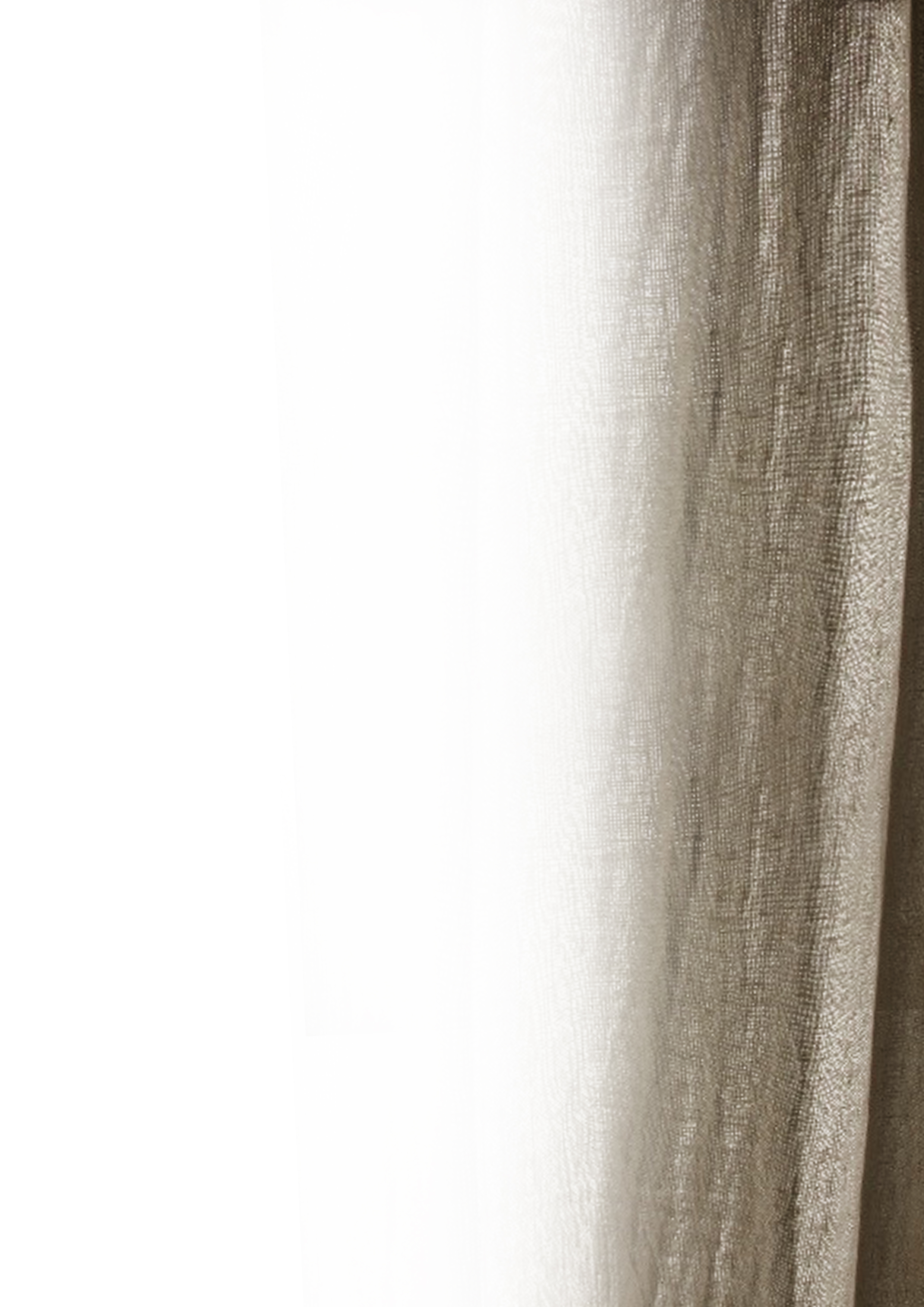Sound
On Japanese Music and Instruments
Historical perspective.
Most Japanese instruments stem directly from instruments brought to the archipelago around the 7th century from China and Korea. What we nowadays consider to be the representatively Japanese instrumentarium is a result of redevelopment of those instruments imported from continental Asia. The most vigorous experimentation in altering the form and function of the instruments, bringing changes that would suit the indigenous tastes 4.1 , took place between the 7th and the 9th century. The instruments that have undergone such a path are: sho- mouth organ (Sheng, U), shakuhachi, hichiriki flutes, biwa lute (from Chinese Pipa, Persian Ud), shamisen (from Chinese sanxian traced to traditional instruments of Tibet, but introduced to Japan as late as the 16th c.)
Koto- floor harp, has hardly developed in a thousand years.
The musical aesthetics.
Investigating the urge to reinvent already established instruments brings questions to mind:
What were those typically Japanese tastes that guided the instrument builder’s hand? How did those changes influence the musical vocabulary such as: dynamic range, articulation possibilities, sound sustain, tuning? To get a better understanding of the subject we need to refer to some essential concepts 4.2
Being close to nature.
Japanese instruments are made of locally available materials such as: paulownia wood, mulberry wood, bamboo, cat skin (in the past python skin). Preserving the most natural sound that those materials are able to produce has been, and still is, one of the most important guiding points in instrument building. That willing conservatism exercised through the centuries by both expectations of the players' and constructors' craft has led to stagnation in technical development of the instrument (which from a Western perspective might seem as a missed chance) but also, and maybe most importantly, to preservation of what can be seen as pure and ancient sound. Sound that would have been in accordance with the aesthetical preference of ancient listeners. That gives us now a unique opportunity to travel back in time through the dimension of acoustics.
“When improving the Japanese instruments, there has never been an attempt to increase functionality or acquire a greater volume of sound at the expense of destroying the instrument’s traditional timbre”. 4.3
So, it is fair to make an assumption that the natural sound (read: as close to the character of the material used), the sound that would organically resonate with its environment, would be one of those desired parameters. Wabi in its pure expression.
The philosophical and the spiritual context.
We may speculate that a choice of not developing the instruments further, letting them be “as they are” with all their limitations, imperfections and all the instability that the used material would be subjected to has possibly to do with another Japanese cultural manifestation: the Buddhist acceptance of change, of impermanence, of fluctuation as the only steady and undeniably sure parameter of our existence.
Isn’t the instrument which changes its character in a slightly unexpected way a good example of that shifting element? And isn’t playing with that unpredictability, or despite it, an expression of being at peace with it? That, in my modest opinion, must also have led to a broadly shared, so very different from Western, and profoundly Japanese, musical sensitivity. Mono no aware at play.
We find a good example of such a welcome odd instrument in a sho- mouth organ. It is a small wind instrument made of 17 equally thick bamboo pipes of different lengths, looking like a Phoenix with wings closed (as many sho players refer to it with fondness). Because the pipes get moist from the performer’s breath and stop resonating, the instrument has to be placed above a special heating device (hibachi) next to the gagaku player live on stage just before and during the concert.
“In classical aitake performance, the sho is able to produce sound continuously for approximately thirty minutes, twenty minutes for contemporary pieces, and from ten to fifteen minutes in ippon-buki, or monophonic performance” 4.4
And despite of it all, there seems not to have been any great attempt to improve the sho’s technical parameters for centuries. Intentionally so. Letting it sing only for a short part of the concert and then… just like a tired athlete beeing put aside to rest.
Being in harmony with the surroundings.
The role of the acoustics of the space and its interaction with the instruments' timbre.
After the introduction of continental instruments to Japan in a relatively short period of time a natural selection took place leaving only certain instruments to be considered homogenous to the environment they would be played in: wooden structured buildings with straw and paper padded interior, at times open to the outside, facing either a pebble embedded or partly planted garden. The resonant, sometimes over- reverberant stone spaces, so prevalent in Europe at the time (cloisters, churches, castles) were scarce in Japan. And the architectural reality had to leave its mark on the music.
Low pitch instruments couldn’t, for the reasons mentioned above, profit from an abundance of natural sustain which would have been provided by a brick or stone wall. Low and dark sounding instruments were also considered difficult for pitch inflection and therefore not desirable in general.
Instruments played with a bow would also be considered unappealing due to the presumable vulgarity of the attack. Matter of taste you could say or maybe just adjusting to the poor acoustics? Either way from the 9th c. on Japanese music was composed using an arsenal of:
-highly pitched wind instruments,
-various sizes of plucked string instruments (firstly zither-like, later lute-like as well)
-drums of various sizes, miscellaneous percussion instruments
“In traditional Japanese music, bright sounds rich in harmonics were considered undesirable. As a result, sounds containing percussive elements become important”. 4.5
